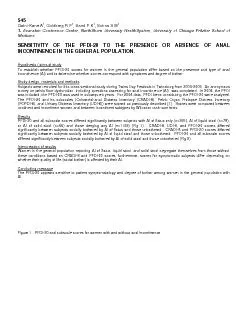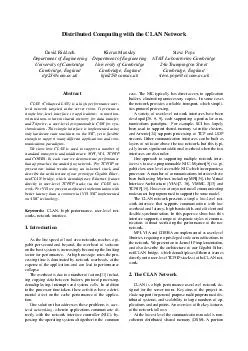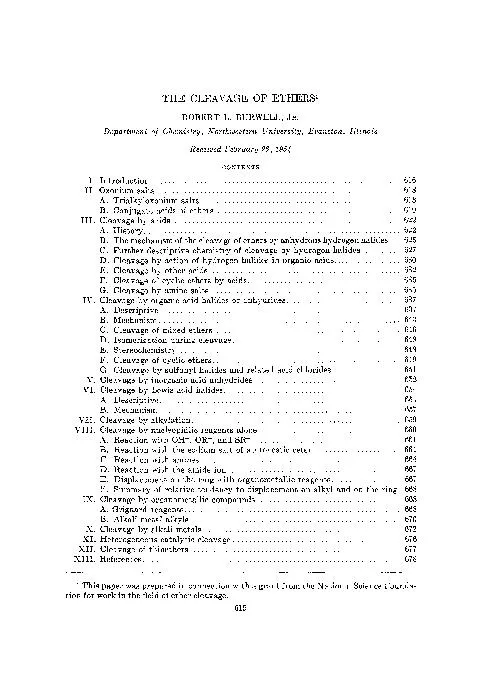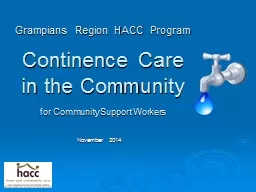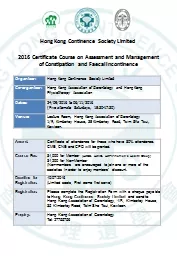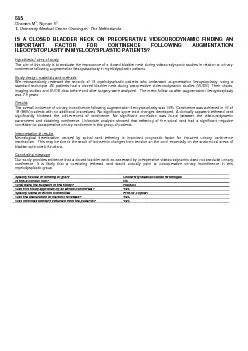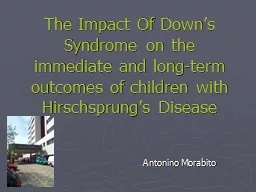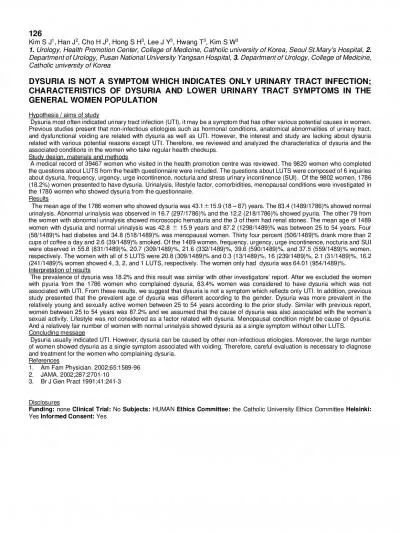PDF-Evanston Continence Center, NorthShore University HealthSystem, Univer
Author : myesha-ticknor | Published Date : 2015-11-23
545 Gafni Kane A 1 Goldberg R P 1 Sand P K 1 Botros S M 1 1 Medicine SENSITIVITY OF THE PFDI 20 TO THE PRESENCE OR ABSENCE OF ANAL INCONTINENCE IN THE GENERAL
Presentation Embed Code
Download Presentation
Download Presentation The PPT/PDF document "Evanston Continence Center, NorthShore U..." is the property of its rightful owner. Permission is granted to download and print the materials on this website for personal, non-commercial use only, and to display it on your personal computer provided you do not modify the materials and that you retain all copyright notices contained in the materials. By downloading content from our website, you accept the terms of this agreement.
Evanston Continence Center, NorthShore University HealthSystem, Univer: Transcript
Download Rules Of Document
"Evanston Continence Center, NorthShore University HealthSystem, Univer"The content belongs to its owner. You may download and print it for personal use, without modification, and keep all copyright notices. By downloading, you agree to these terms.
Related Documents

